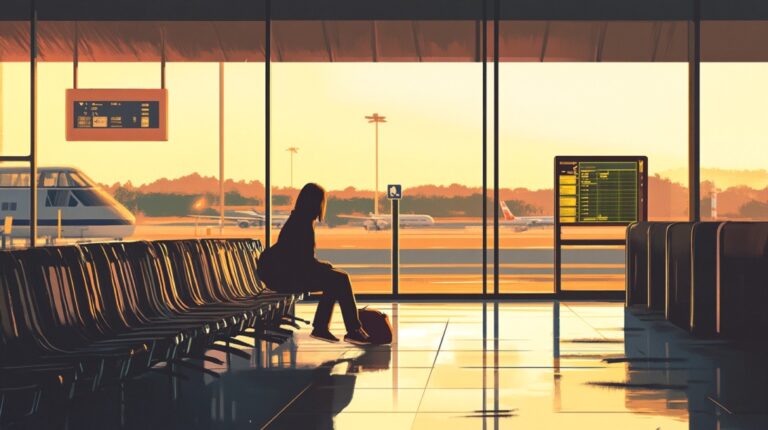For most domestic flights in the U.S., 2 hours before departure is a solid bet. For international flights, aim for 3.
But, because of course there’s a “but”—it’s not one-size-fits-all. Time of day, airport size, airline, security setup, and even whether you checked in online all play a part. So let’s break it down without the usual travel-blog runaround. You’re here for real tips, not platitudes. Let’s get into it.
Table of Contents
ToggleWhy Two Hours Isn’t Always Enough (Or Sometimes Too Much)
That “2 hours before” rule isn’t some golden number pulled from the heavens. It’s a guideline airlines toss out because it covers most situations without getting blamed for missed flights. But if you’re flying out of a small regional airport at 6:30 a.m. on a Tuesday? You’ll probably breeze through in 25 minutes.
Try that at LAX on the Sunday after Thanksgiving? Yeah… not so lucky.
- Airport size and layout
- Time of day and day of the week
- Airline habits and staffing
- Whether you’re checking bags
- TSA PreCheck/Clear status
Let’s work through each, then I’ll give you the cheat codes.
1. Know Your Airport: Not All TSA Lines Are Created Equal
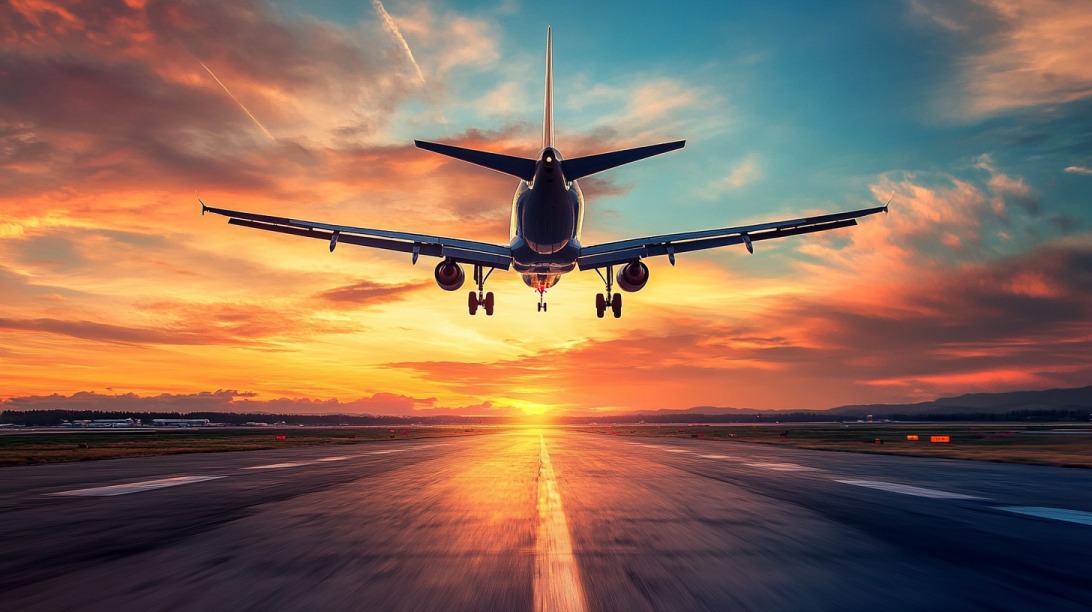
Some airports are efficient machines. Others feel like they were designed during a group project where nobody showed up.
Take Atlanta (ATL)—yes, it’s the world’s busiest, but it’s also incredibly well-organized. With the Plane Train, tons of security lanes, and clear signage, it moves fast… usually.
Now compare that to LaGuardia (LGA) pre-renovation. Yikes. A 2-hour window there could feel tight if things were backed up.
Here’s a glance at general trends:
| Airport | Average Security Wait (Peak Times) | Known Issues |
| ATL (Atlanta) | 15–25 min | Huge volume, but efficient |
| LAX (Los Angeles) | 30–50 min | Terminal congestion |
| DEN (Denver) | 20–35 min | Long walks, winter weather |
| ORD (Chicago O’Hare) | 25–40 min | Delays, staff shortages |
| SAN (San Diego) | 10–20 min | Shorter lines, but fewer options if late |
Pro tip: Check TSA wait times in real-time using the MyTSA app or airport websites. If you’re flying out of a major hub, add 15–30 minutes to that generic “2-hour” advice.
2. Early Flights vs. Late Flights: Time of Day Matters More Than You Think
The security line at 5:30 a.m. on a Monday can look like a Black Friday crowd. And a 9 p.m. flight on a Thursday? Ghost town.
- 4–7 a.m.: Very busy. Lots of business travelers. Agents are working fast, but the crowd is large.
- 9–11 a.m.: Moderate. Sweet spot for a lot of travelers.
- 1–4 p.m.: Often lighter traffic, unless it’s a holiday week.
- After 7 p.m.: Quietest, but watch for reduced staffing at check-in counters.
If your flight leaves at 6 a.m., show up by 4 a.m. Yes, even if it’s painful. Airlines often close the bag drop 45 minutes before departure, and some won’t budge on rebooking if you’re late.
3. Are You Checking a Bag? Then You Need That Extra Time
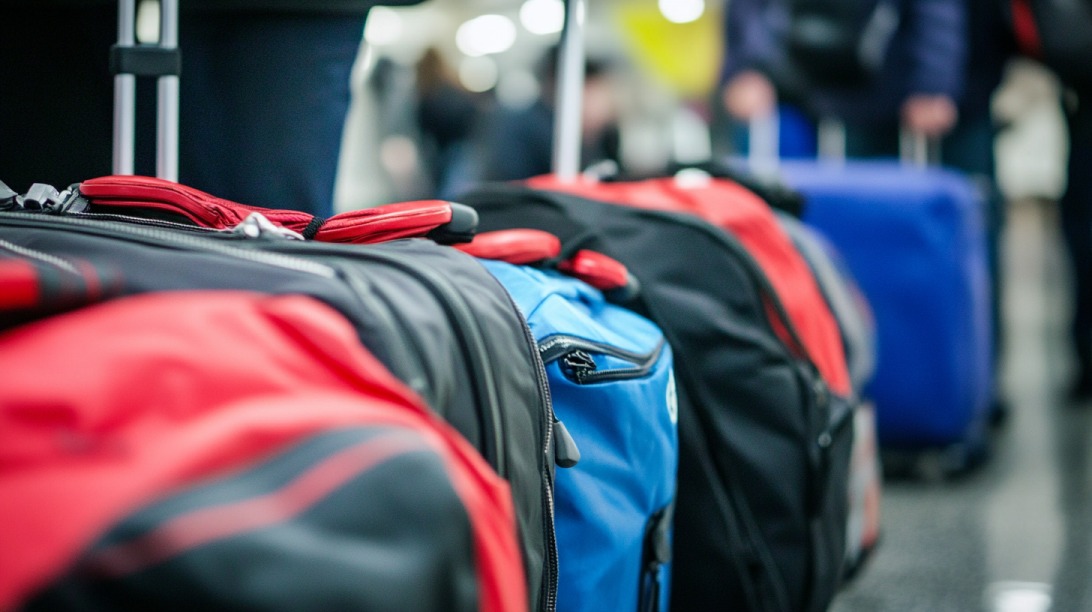
It’s not about the security line—it’s about the bag drop cut-off.
Every airline has its policy, but here’s a rough idea:
| Airline | Bag Drop Closes (Domestic) |
| Delta | 45 minutes before departure |
| American | 45 minutes |
| United | 45 minutes |
| Southwest | 45 minutes |
| JetBlue | 40 minutes |
If you arrive 44 minutes before takeoff with a bag to check, most agents won’t check it. And no, begging won’t always work.
So if you’re checking a bag, aim to arrive 90 minutes before your flight at a minimum, even for smaller airports. Add more for big airports or peak travel times.
4. TSA PreCheck and Clear Change the Game—But Aren’t Magic
If you have TSA PreCheck, you can often skate through security in under 10 minutes. No removing shoes, laptops, or liquids. Worth it? Oh yeah—especially if you fly more than twice a year.
Clear, on the other hand, is a private biometric service that lets you skip even the PreCheck line in some places. You’ll still go through TSA, but you jump ahead in line after a fingerprint or eye scan.
- Some airports don’t have Clear.
- Clear lanes can still bottleneck during peak hours.
- If you have Clear but not PreCheck, you’ll still go through regular TSA screening.
So yeah, having either gives you more flexibility. But still give yourself at least 75–90 minutes if you’re checking a bag.
5. Are You Flying Internationally? Now You’re on a Different Clock

Going abroad? Add a full hour to whatever you were planning.
- A passport check at the airline counter can take a while.
- TSA lines might move more slowly due to additional screening.
- You might need to go through exit immigration or an extra layer of screening if you’re heading to certain countries.
- Some airlines shut their check-in 60 minutes or more before departure for international flights.
For example, flying to Europe from JFK? You’ll want to be at the airport at least 3 hours before your flight. Not to be cautious, but because check-in may close before you arrive, otherwise.
Also, if your flight ends up delayed or canceled, especially on international routes, it’s worth checking if you’re eligible for compensation. AirHelp has info on what rights apply depending on where you’re flying from and to, it’s not always obvious, but it can make a difference if your plans get disrupted.
6. Weekends and Holidays? Just Add Time. No Debate.
Weekends are a mixed bag. Saturdays are often quieter than Sundays, but both get wild around holidays. And summer? Airport chaos ramps up fast.
- The Sunday after Thanksgiving
- Memorial Day weekend
- Any Friday afternoon in July
…go ahead and tack on 30–45 minutes to whatever time you think you need. It’s better to be sipping airport coffee than sweating in an Uber stuck outside the terminal.
7. Set Your Own Personal “Minimum Time Rule”
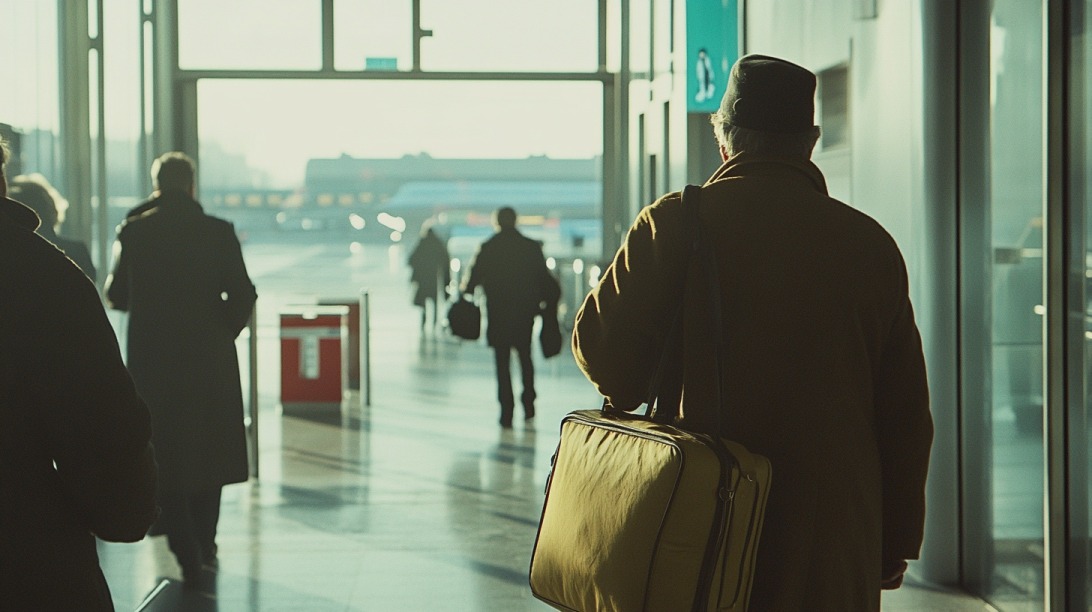
Once you’ve done a few flights, you’ll develop a rhythm.
- Glides through security like a pro ninja
- Needs to wander around Hudson News for 20 minutes
- Panics if the gate isn’t in sight 45 minutes before boarding
Try this:
Set your own “minimum time to feel calm” rule and reverse-engineer from there.
For example:
- Need to be at the gate 30 minutes before boarding?
Boarding usually starts 30–40 minutes before departure. - Gate check?
That can take 15 minutes to sort. - Security line?
Assume 20–30 minutes, or more during rush hours. - Bag drop?
Closed 45 minutes before takeoff. So be there by at least 1:15 ahead.
Work backward from your comfort zone. Your time is worth more than a few extra minutes of sleep.
Real Travel Scenarios (And What I’d Do)
- 8 a.m. flight from a big hub (like Dallas or Chicago) with a checked bag:
Arrive by 6:00 a.m., ideally 5:45 a.m. - 10 p.m. flight from a small airport, no checked bag, with PreCheck:
Arrive by 8:45 p.m. Maybe even 9 if you’ve flown it before. - 6:30 a.m. international flight from JFK to London, checking a bag:
Arrive by 3:15 a.m. (painful, yes, but safe). - Noon Southwest flight from Denver, carry-on only:
Arrive by 10:30 a.m. or earlier.
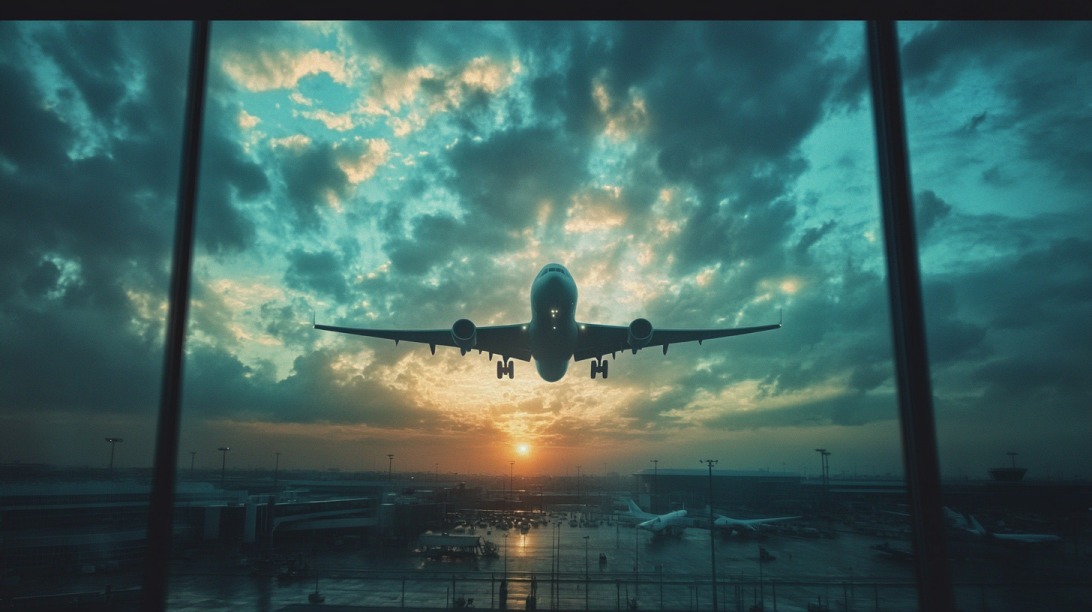
You get the picture—it’s all about variables. If you show up early and breeze through? Great. More time for snacks or plane-watching. If you cut it close and get lucky? Cool. But that luck will eventually run out.
Final Thought
No one wants to sit at Gate B12 for two hours wondering why they got up at 4 a.m. But it’s way worse to miss a flight because of a 25-minute security delay or a mysteriously closed bag drop counter.
You don’t have to be paranoid, just realistic. Add buffer time where it counts, know the quirks of your airport, and don’t let travel stress hijack your day before it even begins.
Bonus: Read about the airport transfers after arriving at your location!

